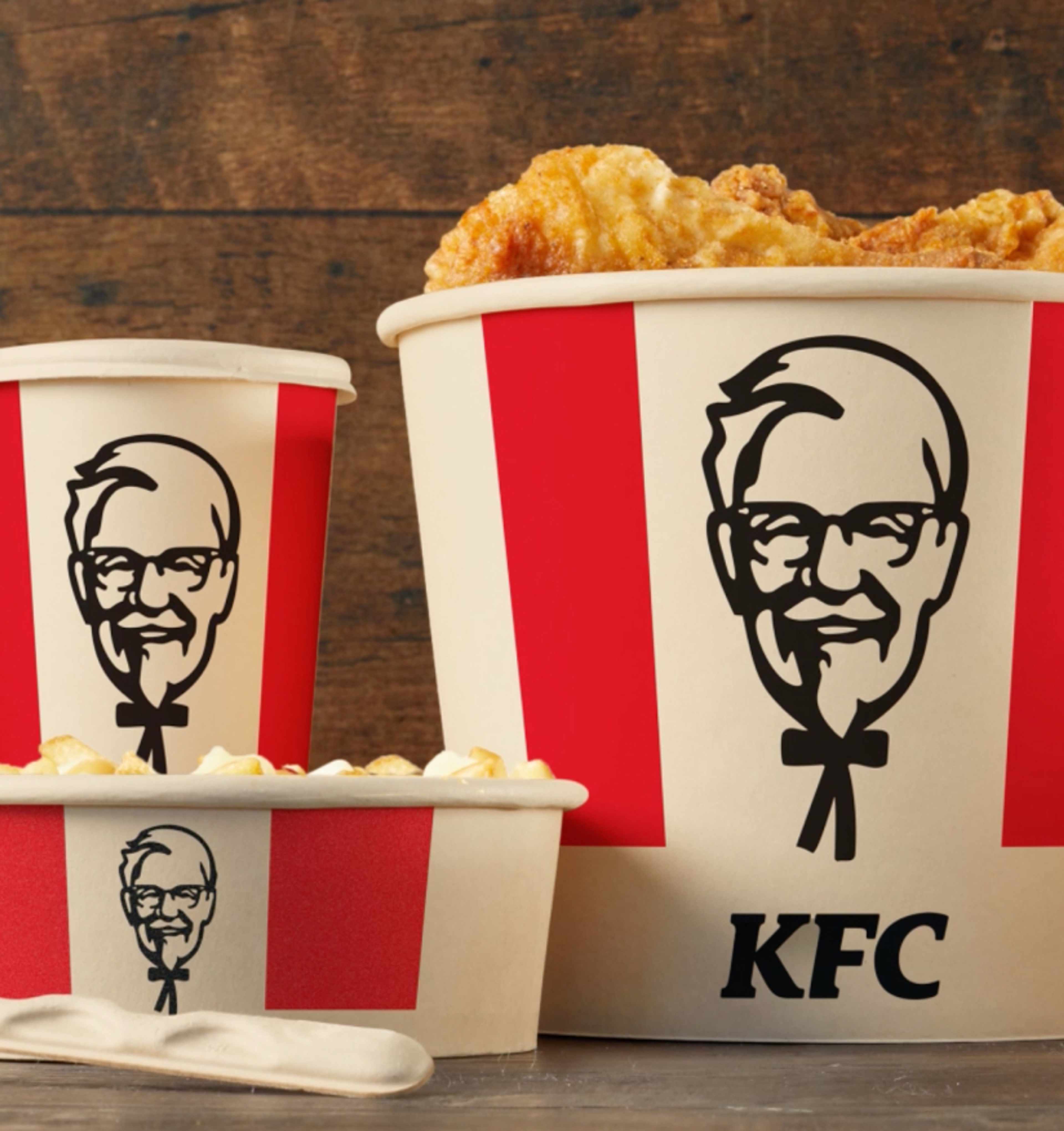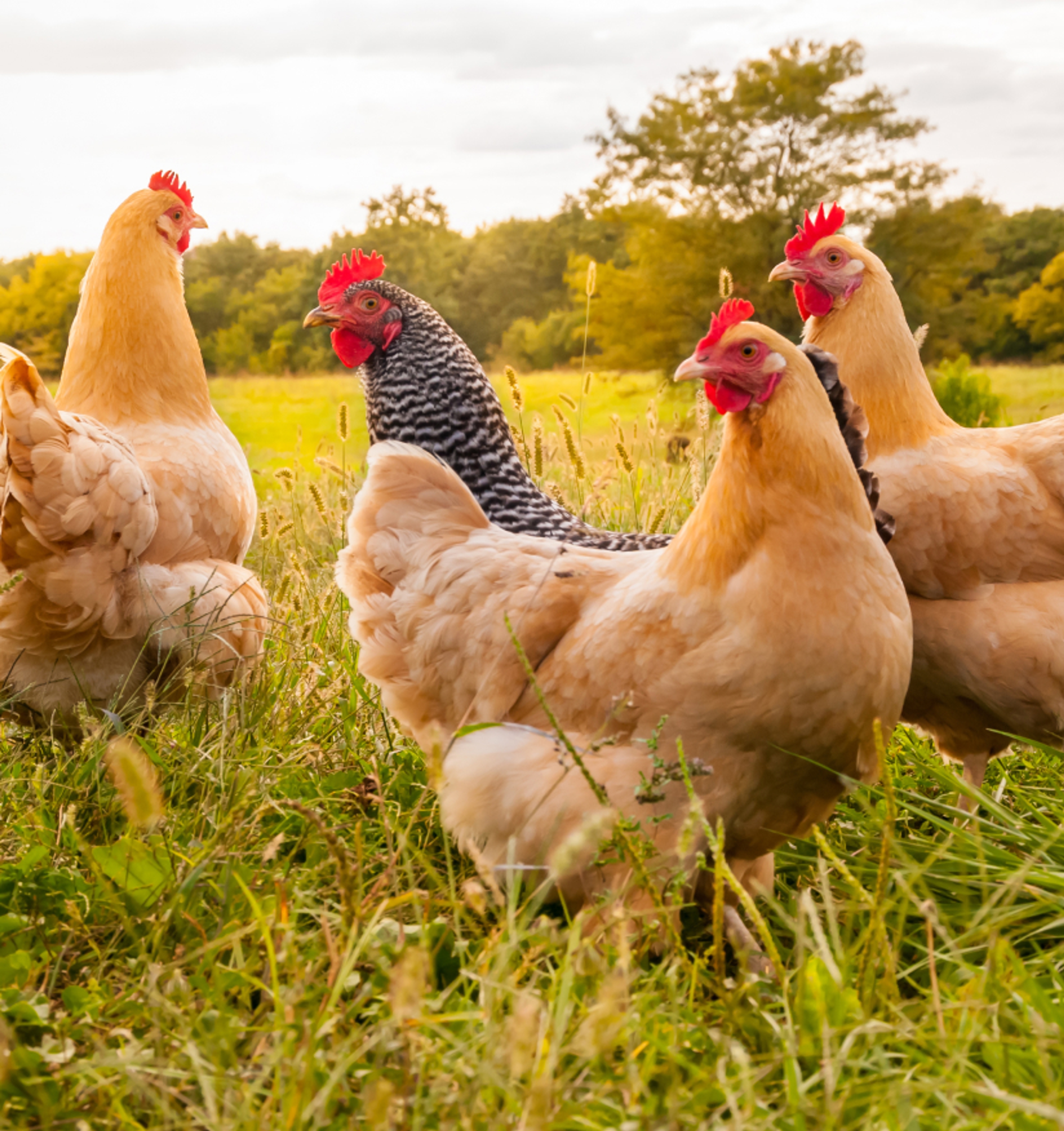Suppliers & Climate

Our commitment to the planet means we are prioritizing sustainability by building with purpose. We source food responsibly and have robust waste reduction efforts to create a positive environmental impact.
By 2030, we aim to reduce greenhouse gas emissions by 46% per restaurant and per metric ton of protein and packaging purchased. And we have an ambitious goal of achieving net-zero emissions by 2050.
Restaurants
Our commitment to building with purpose starts with our Building Green Must Haves — a set of energy-saving and emission-reducing initiatives.
These initiatives include reducing water usage throughout our restaurants and selecting energy-efficient cooking equipment. We’re even implementing a line of “green furniture” made from recycled materials that is light, resulting in less greenhouse gas emissions when transported.
We’re also investing in alternate energy sources like hydropower and solar panels, which help power restaurants on every continent where we serve our chicken. And we’re exploring high-performing, upcycled building materials to reduce waste as we build new restaurants.

Packaging
As home to one of the most iconic pieces of packaging on the globe — our bucket — we aim to be a leader in the adoption of recoverable packaging materials.
We have vowed that by 2025 all of our plastic-based, consumer-facing packaging will be made from recoverable or reusable materials. Here’s a few ways we’re getting there:
- Identifying opportunities to reduce plastic waste
- Testing sustainable packaging alternatives for items like straws, plastic bags, cutlery and lids
- Driving awareness around local recycling guidelines
- Partnering with waste management organizations to ensure packaging that can be recycled doesn’t end up in landfills
- Switching from single-use plastics to alternatives
Incorporating recycled plastic materials into our packaging when possible

Sourcing
Throughout our supply chain, we’re working to tackle complex challenges like deforestation, animal welfare and carbon emissions.
Most of our carbon emissions come from soy in chicken feed. Soy is often harvested in places where deforestation occurs, which means lots of carbon is released. So, we’re working with chicken suppliers to make sure their feed is deforestation free.
We are also working to ensure responsible sourcing of other raw materials whose cultivation can contribute to deforestation, including palm oil and fibers used for packaging.
